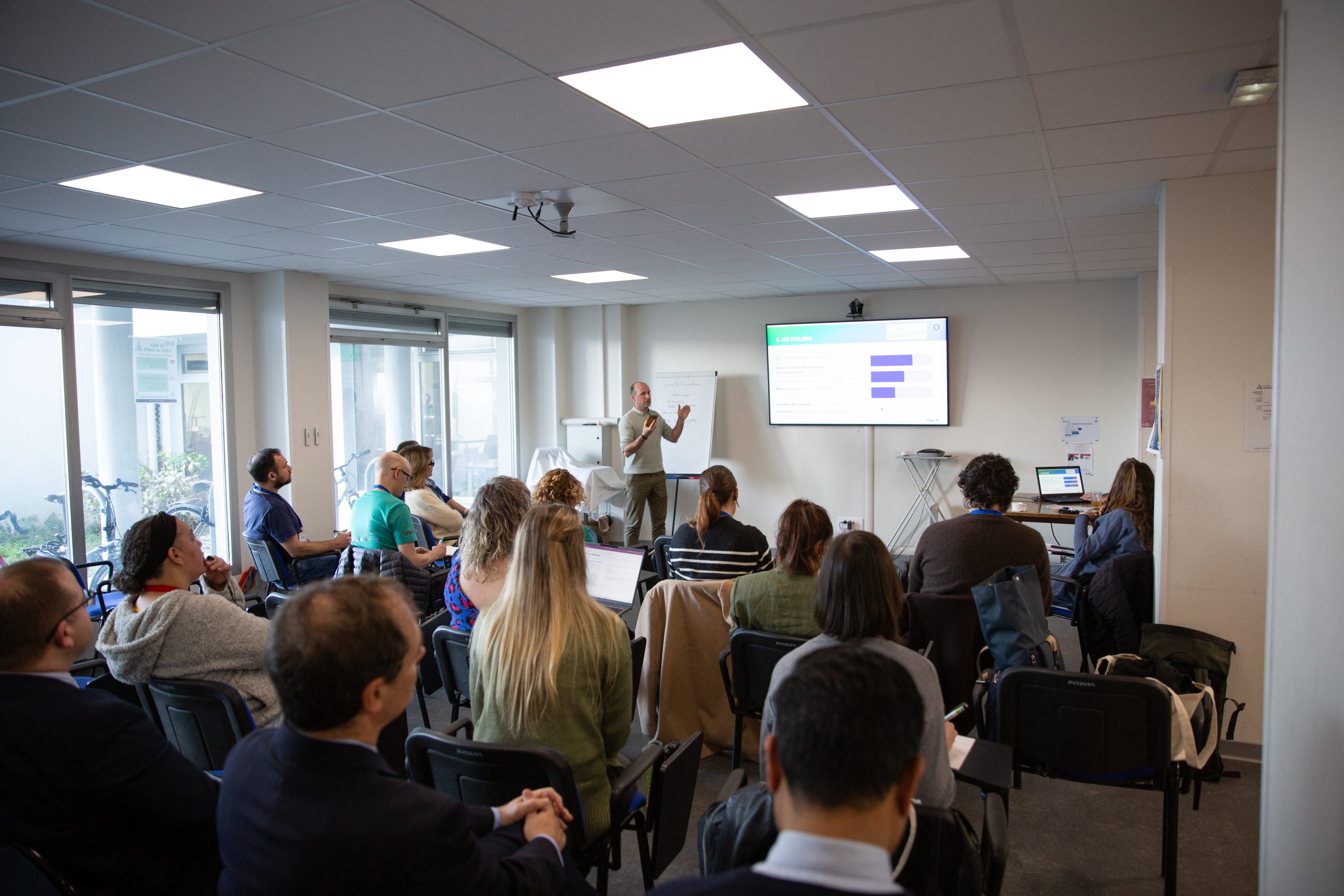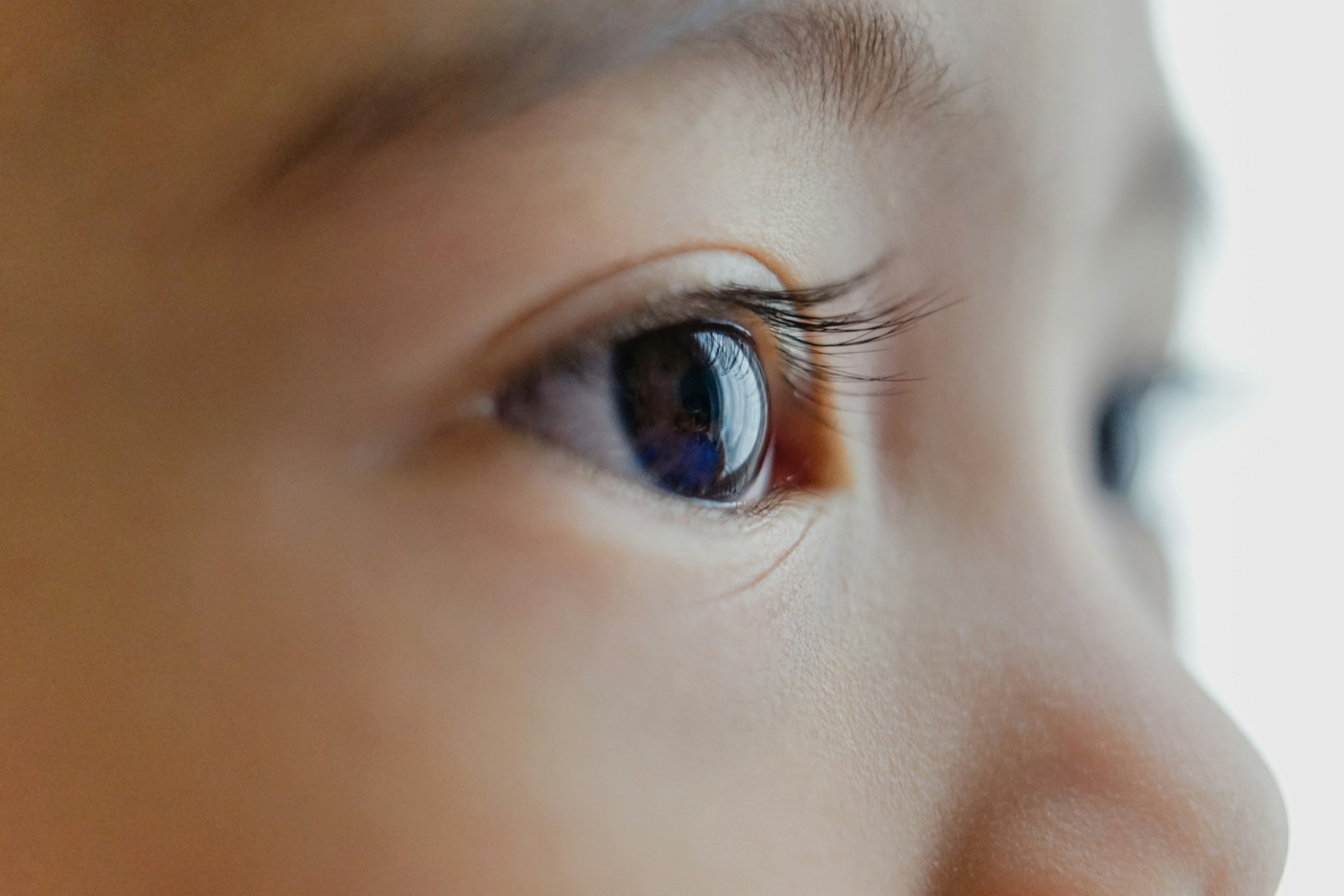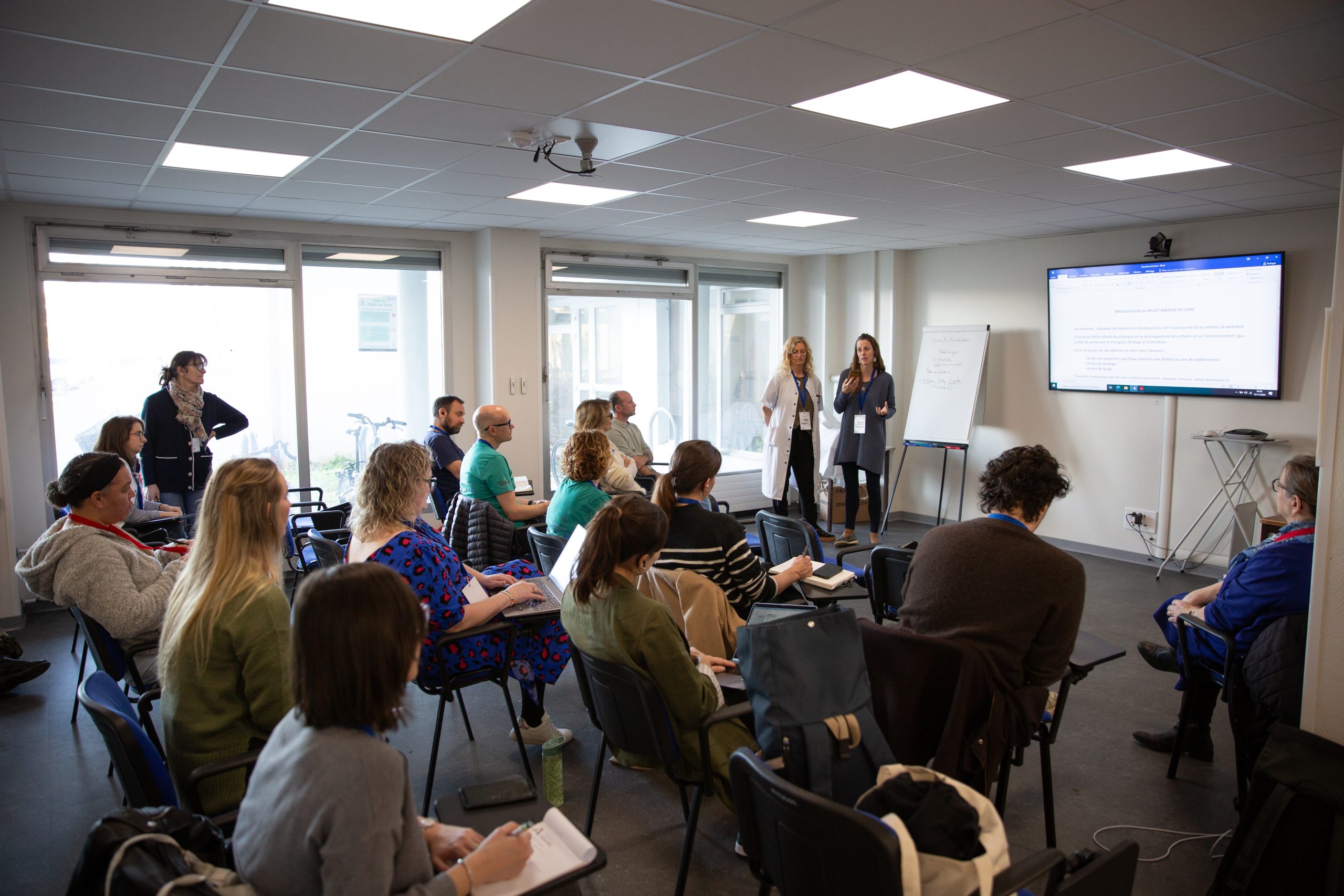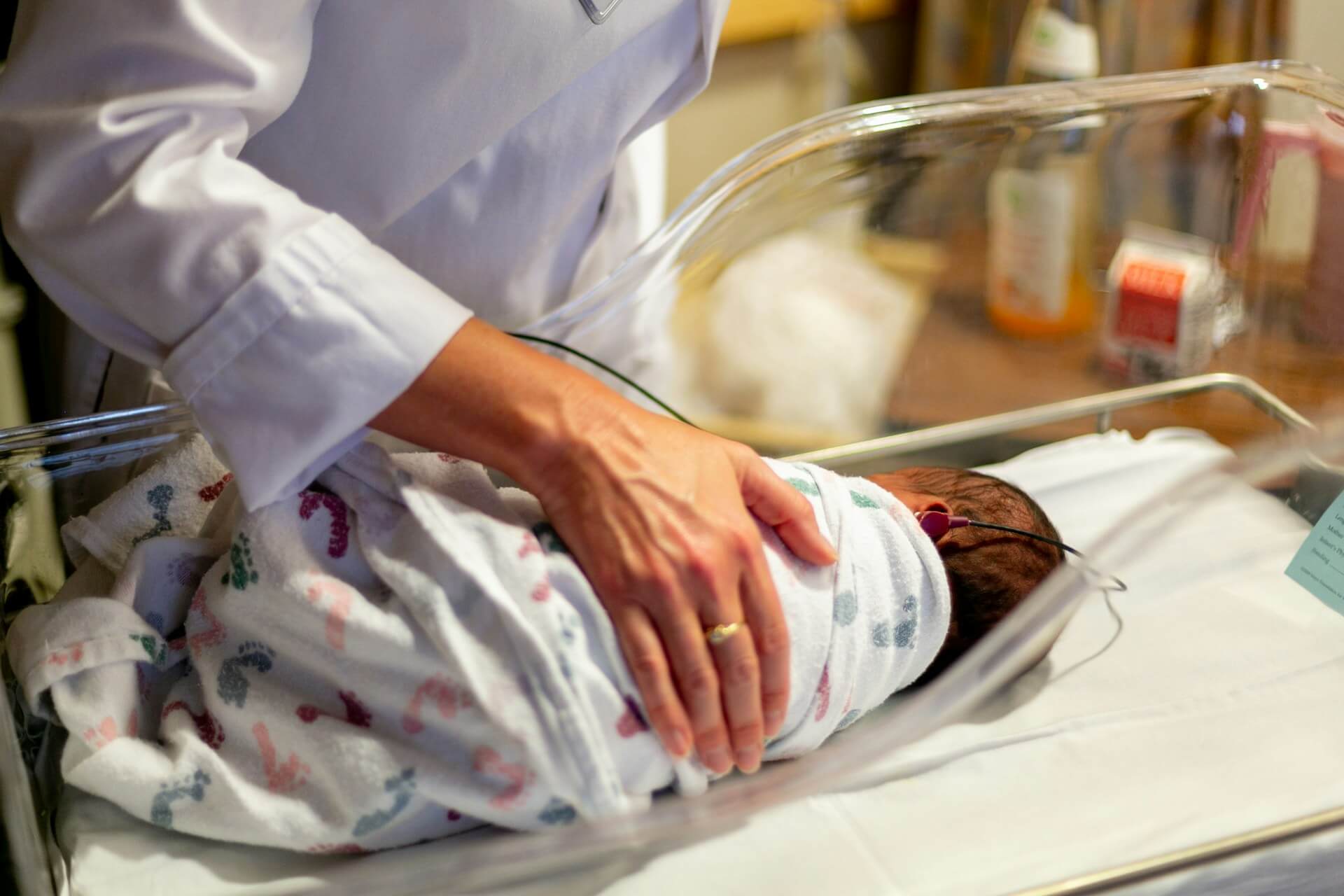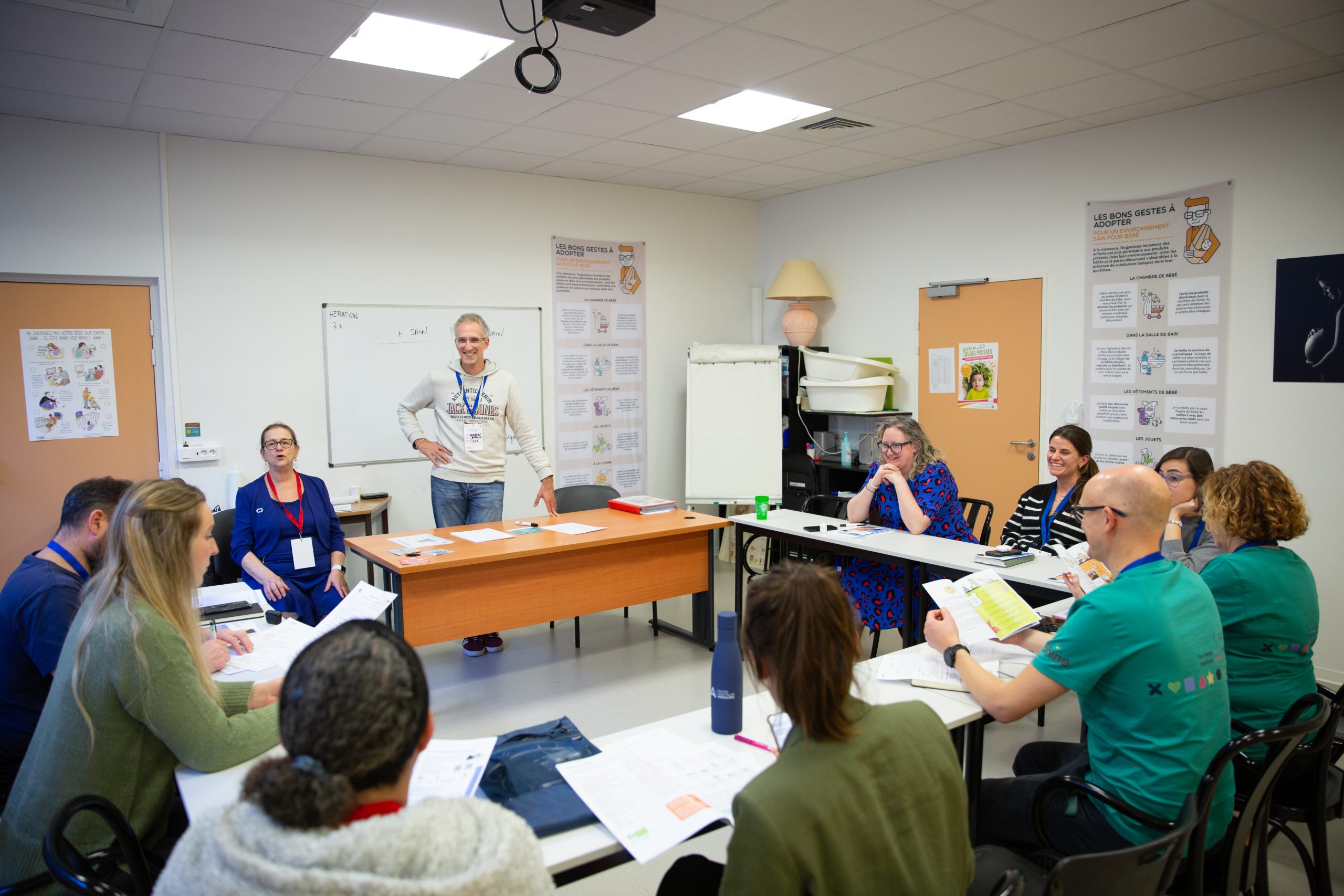Welcome to Pioneers of Safer Healthcare, an interview series celebrating the transformative efforts of Born Green Generation partners in advancing sustainability in healthcare.
Kirsten Nordby“The idea that individual efforts don’t matter simply isn’t true – we can and must act. If all healthcare professionals worked to reduce plastic, medication, and overall consumption, we could create a tangible difference for both the environment and our health.”

In each episode, we’ll highlight best practices, share personal stories, and uncover the challenges and solutions driving progress.
In this episode of Pioneers of Safer Healthcare, we meet Kirsten Nordby, an experienced midwife and a passionate sustainability advocate at Regional Hospital Viborg in Denmark’s Central Region. With over 30 years of experience in maternity care, Kirsten shares how necessity sparked a green revolution, transforming waste into wisdom and daily routines into lasting impact.
Can you tell us a bit about your background as a midwife and what led you to this role at Regional Hospital Viborg?
I have worked as a midwife for 32 years, primarily at Regional Hospital Viborg, but also at other hospitals in Denmark, Greenland, and Norway. My journey into sustainability work began when the hospital faced budget cuts. There were financial issues, and we had to look at our consumption.
I could see that our consumption was just insane! Given how much we were using, I felt we couldn’t, in good conscience, do nothing. Around that time, the Centre for Sustainable Hospitals was established in the Central Denmark Region, offering funding opportunities for hospitals. We applied and, in 2017, launched our first sustainability project.
We reviewed everything – utensils, furniture, water, heating, and achieved savings of about DKK 200,000 in the first year of the project, which is approximately €26,780. We focused on reducing consumption by carefully considering our choices and eliminating or minimising single-use items. Wherever possible, we switched to reusable products, so we didn’t need to keep purchasing the same things over and over. In the years that followed, we secured funding for three additional projects, which gave us a strong foundation of experience and led to tangible improvements in the hospital
The work I now do with Born Green Generation is rooted in the practical lessons I learned from transitioning hospitals toward more sustainable consumption.
What personally motivates you to lead sustainability initiatives in healthcare?
Results are my driving force. Seeing the difference we make, like the visible reduction in waste, keeps me motivated. Today, we track product consumption through business intelligence reports, which are essential for keeping us on course. Changing habits takes time, and it’s easy to fall back into old patterns. But when that happens, the data makes it clear where we’ve slipped, and it helps us refocus.
On our ward alone, 11 midwives work across a 24-hour period. When each of us takes small actions, together they add up to big changes, because the idea that individual efforts don’t matter simply isn’t true – we can and must act. If all healthcare professionals worked to reduce plastic, medication, and overall consumption, we could create a tangible difference for both the environment and our health.
How did Viborg Hospital become part of Born Green Generation?
Viborg Hospital became part of Born Green Generation because sustainability is now embedded in our overall strategy, with strong leadership support and proactive chief midwives driving the work forward. When the opportunity arose to join, it felt like a natural next step. Colleagues were especially interested in the international perspective, sharing our experiences while also learning from how other countries are approaching their initiatives. Born Green Generation gives us a valuable platform to exchange knowledge and broaden the impact of our sustainability efforts.
Why is reducing plastic and chemicals in maternity and paediatric care so crucial?
Because this is where life begins. As healthcare professionals, we have a responsibility to lead by example and support new parents in making sustainable choices. Ideally, these efforts would start even earlier in pregnancy, but we are working toward that.
One practical example is our initiative to replace foam washcloths and disposable wipes with reusable cotton cloths. In a current project, knitted and crocheted washcloths are given to new parents to take home, introducing them to a sustainable alternative. Parents respond very positively to this approach.
At the hospital level, we also work with suppliers to identify alternatives to disposable plastic products. By prioritising reusable solutions, we help ensure a healthier environment at the very start of a child’s life, while showing that sustainable practices are not only possible but essential.
What sustainable changes have you introduced in daily care?
In daily care, we have phased out several single-use items, including baby bottles, disposable washcloths, examination table paper, and plastic cups. We also reduced our use of incontinence pads, which are placed under women during bleeding, and instead switched to smaller sanitary pads that are more appropriate for use during water breaking and after birth.
It was eye-opening to see how much reducing consumption directly reduces waste. Simply put, lighter products mean lighter waste.
For example, if a woman’s water has broken or she’s bleeding, we still use the incontinence pads on the bed. But for routine checks with healthy women, using table paper makes little sense when there’s no risk of fluids. In fact, removing table paper has improved the patient experience, as many women used to feel uncomfortable when the paper tore as they moved on the bed.
We’ve also replaced single-use products with greener alternatives. The amnioscope, for example, has been switched from plastic to reusable metal, urine collection cups are now reusable, and nitrous oxide gas masks have been replaced with reusable silicone ones. In total, these specific changes have led to a reduction of 97 kg of plastic waste, with financial savings of DKK 63,120 – around €8,450.
Even small changes can make a big difference. We also removed disposable plastic cups from waiting and consultation rooms, and patients now bring their own water bottles. This not only reduces waste but also saves staff time, as there’s less to set up and clean up.
What challenges have you encountered when implementing these changes, and how have you overcome them?
One of our current challenges is staff perception, particularly around the use of examination table paper. Some wonder why a woman is lying directly on the examination bed without paper. But as I often point out, there is no paper on waiting room chairs – so why should there be paper on the bed when it is not needed?
Instead of paper, the examination bed is now wiped with water and microfiber cloths between patients. This shift is not easy – removing a familiar product and adopting a more hands-on cleaning routine takes effort. Initially, the hygiene team was strongly opposed to removing the paper, but after a thorough review of our procedure, they agreed that proper cleaning alone is sufficient and aligns with hygiene guidelines, which already require beds to be cleaned between patients even when paper is used.
Can you tell us more about nursing pillows made from discarded mattress covers?
We are working to make the first hour after birth as comfortable as possible. We are exploring how to repurpose discarded mattress covers, specifically, how parts of these covers can be reused to create new products. In collaboration with the regional laundry facility, MidtVask, we are looking into the feasibility of sewing nursing pillows from these materials.
We have ensured the covers are made from polyurethane, not PVC, making them a safer and more environmentally friendly option. MidtVask, the Central Denmark Region’s automated hospital laundry, handles everything from uniforms and linens to assistive devices, beds, and curtains, ensuring all solutions meet strict hospital hygiene standards. The facility also manages washing, maintenance, and delivery, and plays a central role in the region’s green transition, holding the Nordic Swan Ecolabel certification.
How do you see your work influencing others?
I believe storytelling is one of the most powerful ways to make an impact. When we share our experiences, they spread like ripples in water. That’s how we inspire other departments and hospitals. Once these success stories are out there, the message starts to live on its own and inspire others to take action.
What are your hopes for the future? What would you say to other professionals ready to begin their sustainability journey?
Looking ahead, we hope to work more preventively with pregnant women – even before they are officially registered – perhaps through collaboration with general practitioners. At Regional Hospital Viborg, we have around 2,100 births per year. That is 2,100 opportunities to engage parents early and help them make healthier, more sustainable choices from the very start.
For professionals beginning their own sustainability journey, my advice is simple: steal ideas with pride! We encourage other hospitals to adopt solutions we have already tested. Many of our initiatives are documented in the Central Denmark Region’s Sustainability Catalogue, which provides a practical, step-by-step guide to implementing circular practices in healthcare.
Thanks to Kristen Nordby for answering our questions and the Center for Sustainable Hospitals (Denmark) for participating in the Born Green Generation initiative.
